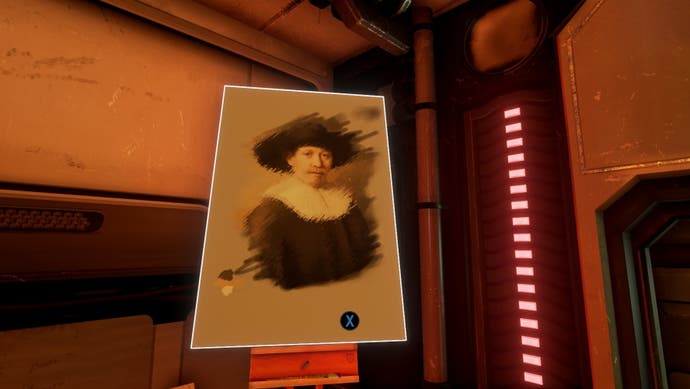Five of the best: paintings and photographs
Easelly done.
Five of the Best is a weekly series about the bits of games we overlook, those poor old things. I'm talking about crowds, potions, mountains, hands - things we barely notice at the time but can recall years later because they're so important to the overall memory of the game.
Now is the time to celebrate them - you and me both! I will share my memories but I'm just as eager to hear yours, so please share them in the comments below. We've had some great discussions in our other Five of the Best pieces.
But this week we're all about...
3D games have a strange relationship with 2D worlds, I think. It's almost as if these games can remember where they came from. And then there's the whole business of works of art referencing and creating their own internalised works of art! No wonder that paintings in games are often portals - tricksy surfaces that you can step through.
Anyway! Here are five of our favourites.
The Legend of Zelda: Ocarina of Time
I can never remember much about the Forest Temple in Ocarina of time - a mossy wall perhaps? Perhaps spiders? But the boss of the temple is still fresh in my mind. It's one of the great Zelda bosses, if you ask me, a wonderfully unsettling piece of theatre.
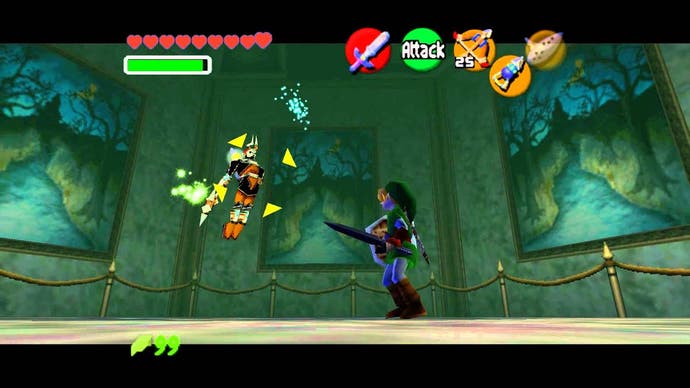
You find yourself in a room - a bit too small for a boss fight surely? And the walls, all covered with copies of the same oil painting, a lonesome road on a dark night, spectral trees and the hint of a castle in the distance.
All of a sudden Phantom Ganon is there with you in the room, sat on a horse. But as the battle gets underway, something magical happens: he rises into the air and then dashes off into one of the paintings.
Suddenly the whole thing makes sense: you in the middle of the room, monitoring walls full of paintings for a lone rider with the power to move between two- and three-dimensions. It's a wonderfully creepy idea, and it seems to get at the heart of Zelda - a place where anything is possible, and where the boundaries between spaces cannot be trusted.
Life is Strange
The art style for Life is Strange is a kind of dreamy, blossom-tinted realism, I would say. People look like people, dorm rooms look like dorm rooms, that weird stunted Expedit looks like a weird stunted Expedit.
But then there are the photographs. In a game about photography, perhaps the greatest move - and it's the thing I find myself thinking about the most - comes down to the handling of actual photographs. Photographs in Life is Strange are sometimes really weird! Some are almost abstract, some are childish daubs, some look a little like brisk graffiti. And then sometimes, confusingly, they match the realism of the rest of the world.
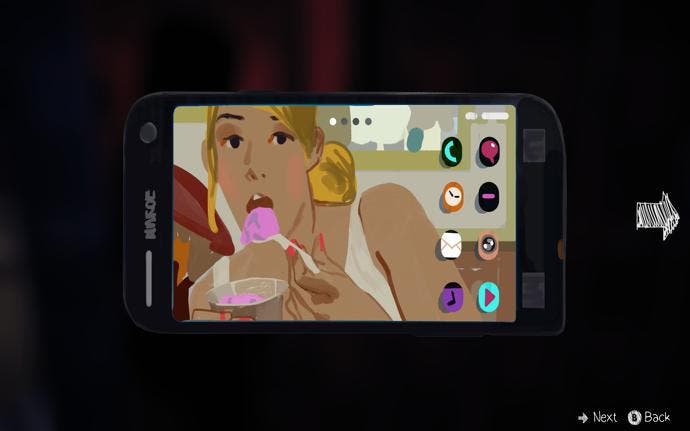
I love this stuff. What is the game trying to say? I suspect it's something to do with the private world each of the characters lives within, the mysteries of art and subjectivity that the drives the plot. There are a lot of fascinating things in Life is Strange to ponder once the central mystery is wrapped up, but this photography business gets more confusing the more I think about it. Isn't that perfect?
Fantasy World Dizzy
Ian Higton writes:
"After tumbling up the magnificent staircase in The Entrance Hall room of Fantasy World Dizzy, you'll come face-to-ovoid-face with a rather striking piece of artwork. Hanging center stage is the portrait of terrified egg that's struggling to stay afloat amongst the rolling waves of a rough sea.
"Inspect that painting and you'll learn that the subj(egg)t is none other than our hero Dizzy himself, but the artwork? Keen eyes will recognise that as the loading screen for Treasure Island Dizzy, the previous game in the series.
"Those 48k graphics may not seem that impressive to a modern audience, especially one that's used to games coming with Easter eggs as standard, but this painting was my very first experience of a video game referencing something outside of its world. It opened my mind for the first time to the possibilities of interconnected stories and adventures within the video game medium.
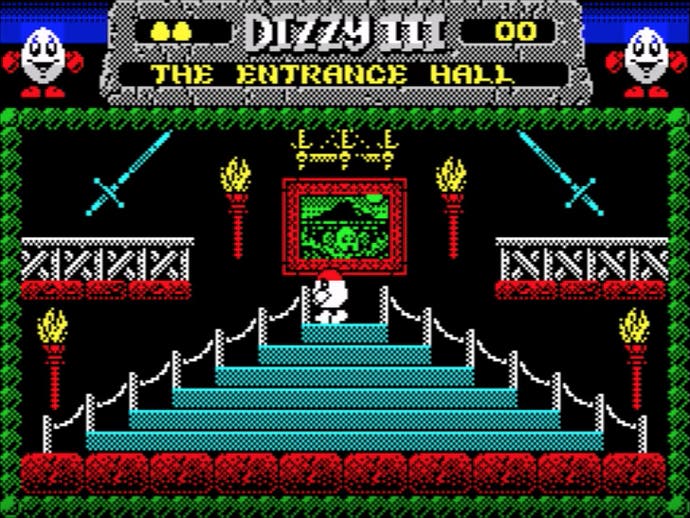
"As an adult, I can see the Entrance Hall painting for what it really is; a shameless advert crowbarred into the game by the developers. But still, I've never forgotten that initial feeling of wonder and excitement that was triggered the first time I interacted with the painting and read the words that appeared on screen."
The Turing Test
From our review of The Turing Test:
"In a room in one of the crew's quarters, I saw a familiar face staring back at me from an easel. It was a Rembrandt, or rather it was the Next Rembrandt. Stuck in the middle of The Turing Test, I think this counts as a joke.
"The Next Rembrandt isn't really a Rembrandt, after all. It's a computer-generated Rembrandt-alike, constructed from data regarding actual Rembrandts as a publicity stunt for a Dutch multinational banking and financial services corporation. If that doesn't sound Blue Ant enough for you, get this: The Next Rembrandt is a median Rembrandt. It's crunched the stats on many existing Rembrandts, from pose choice and clothing elements to facial geometry, and it's then been put together based on a sort of midpoint of all the data. It is a Rembrandt reduction, concentrated from stewing in all that rich Rembrandt goodness. From the little I've read, the team behind all this often seems a touch cagey about how much human involvement was needed, but when the Next Rembrandt was unveiled, the headlines were mostly saying the same kinds of things anyway: An AI thinks it can paint a Rembrandt?!
"(For what it's worth, I quite like the results.)"
Dark Souls
Cor, what does art mean anyway, right? This painting, huge and threatening and hanging in the chapel of Anor Londo, is a challenge and a doorway.
You need the right item in order to make sense of it - and the path to get that item is almost comically taxing. But once you have it you can cross over, finding yourself dragged through the canvas into a frosty realm that has its own bright dangers.
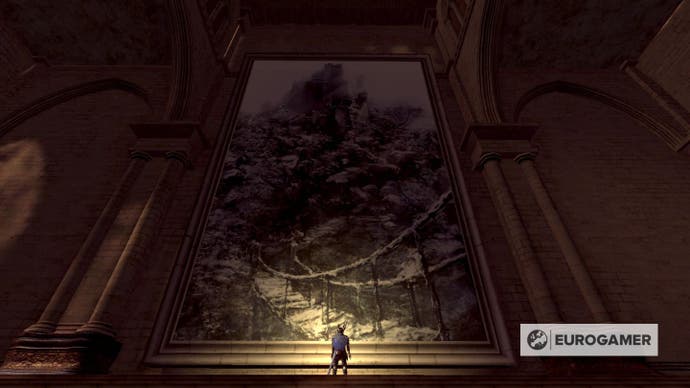
Yes, paintings are often doorways, I guess - Mario could have told you that. But there's something special about this one. Not only is the price of entry to high, but the painting itself has such a singular presence even before you start the business of "solving" it.
(Many thanks to Matt Wales for trying to explain all this to me.)
